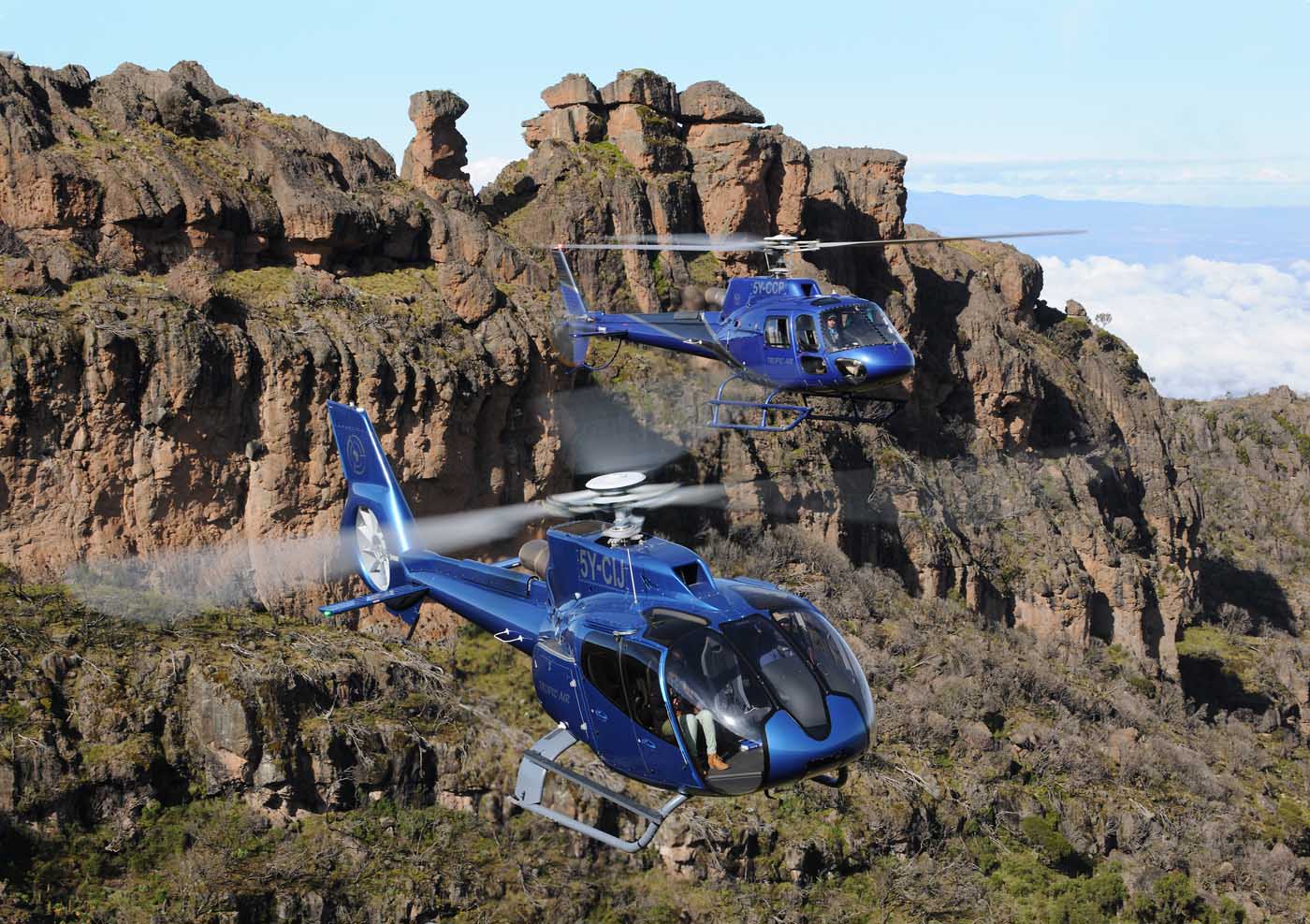Just a few miles south of the equator on the eastern edge of Africa, and at the feet of the imposing Mount Kenya, lies a small airfield that contains an enterprising operator with an outsized reputation.

Tropic Air, founded in 1990 by pilot Jamie Roberts as a fixed-wing crop spraying company, has evolved to become the go-to destination for affluent holidaymakers seeking a rotary-wing provider for the experience of a lifetime.
It could be a tour around the mountains, lakes, deserts and forests of northern Kenya, visiting the spectacular range of wildlife in the 19,000-square-mile (50,000-square-kilometer) Ewaso Ecosystem. Or a five-day excursion into the Congo, where they could land on active volcanos, spend the night looking at the largest lava lakes in the world, and then visit the mythical mountain gorillas. Or maybe a longer seven- to 10-day safari into Ethiopia, where they can fly into the Danakil Depression, one of the hottest and least hospitable places on earth, containing volcanos, sulfur springs, geysers, and enormous salt pans.
Chad, the most recent addition to Tropic Air’s heli-safari lineup, offers a chance to visit the Unesco World Heritage Site of the remote Ennedi Massif plateau. It takes two days just to reach the staging point to begin the safari.

The company’s custom-built heli-safaris reach out to some of the most remote and spectacular regions of sub-Saharan Africa. The trips range from one day to three weeks, and are built around a client’s particular interests, whether it’s exploring areas of outstanding natural beauty, meeting Africa’s traditional people, and/or getting to see Africa’s unique wildlife.
The company took its first steps into the operating sector that would become the central component of its rotary-wing business about 11 years ago. It was one of the first in Kenya to provide an aerial tourism service, and soon broke new ground with the introduction of its multi-day heli-safaris.
“One of the main challenges early on was obviously getting clearances to fly helicopters in neighboring countries, which in those days was pretty unheard of,” Roberts told Vertical. “It was just a matter of patience. When we first started up in Ethiopia, they used to put someone from the military in the chopper with us on the whole trip. They now know what we do and we’ve been doing it for so long that we’re allowed to just do the trips on our own.”
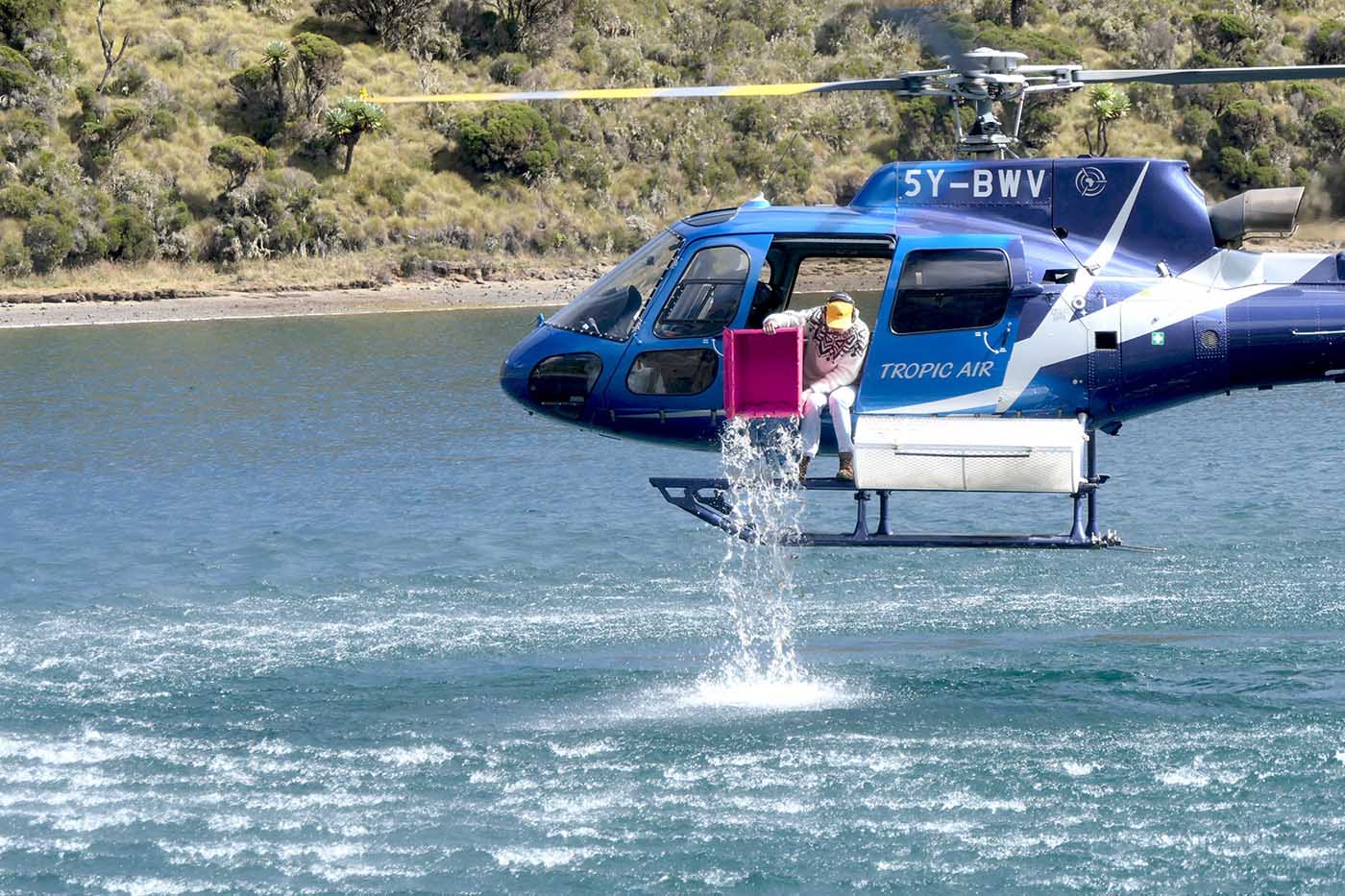
Permissions vary by country. Tanzania won’t let the company into any national parks, so landings have to be outside the boundaries, whereas in Kenya, they can land anywhere as long as they have permission from the landowner.
If it wasn’t already apparent, these tours cater to a very select group of VVIP clients — but Roberts said the company was committed to keeping these clients’ experiences private. “We have a policy in our company that we never advertise who we’re flying, and we never talk about clients once they’ve left,” he said. “We don’t brag about who we fly and we don’t use them for marketing.”
The customers arrive in Kenya from all over the world — often by private jet — and can arrive with an entourage that includes translators, chefs, and their own personal guides.
Repeat business is extremely high, said Roberts. “The same client will come back and then they’ll say, “OK, well let’s do Ethiopia next. Or let’s go to Uganda and see the gorillas.”
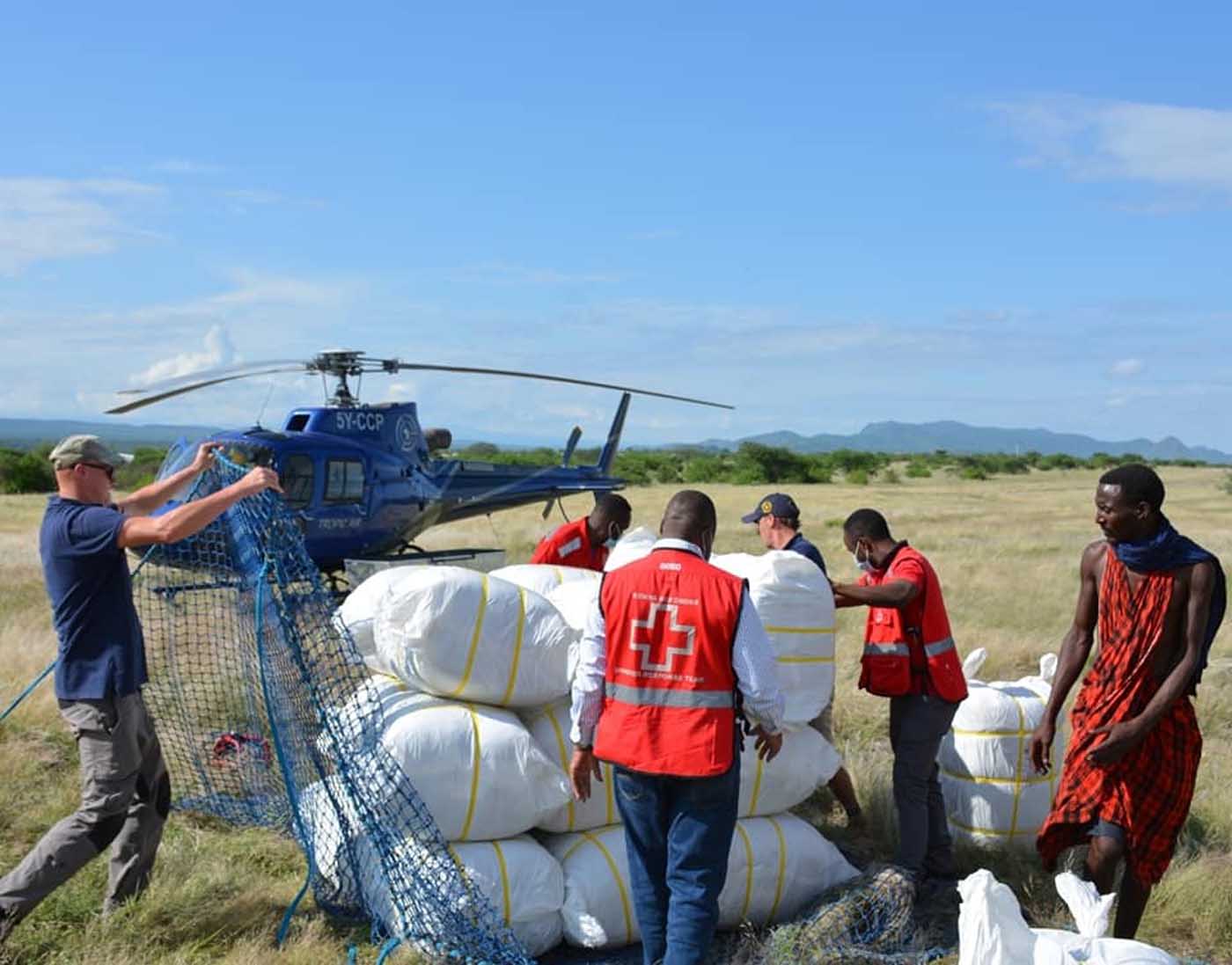
A broad operating spectrum
Tropic has a staff of 50, including seven helicopter pilots. It has five AS350s (four B3+ and one B3e/H125 model) and one H130 in its rotary-wing fleet, which is built for performing in Kenya’s hot climate and at high altitudes; its base at Nanyuki Airfield is itself 6,500 feet (2,000 meters) above sea level (ASL), while flights around Mount Kenya typically see the aircraft reach 17,200 feet (5,250 meters) ASL.
“You never get bored of anywhere we fly, because depending on the season, everywhere we fly changes so much from rains to drought,” said Roberts, who co-founded Tropic Air’s helicopter division with Ben Simpson, one of the company’s original fixed-wing pilots. “The seasons are very different, and we allocate pilots so no-one’s on the same thing for too long, for that reason as well.”
While tourism makes up the bulk of Tropic Air’s work — about 80 percent of it over the last few years — it also offers a full range of utility services, including business charters, conservation support, medevac and search-and-rescue (SAR), oil-and-gas surveys and exploration, aerial filming, and third-party maintenance.
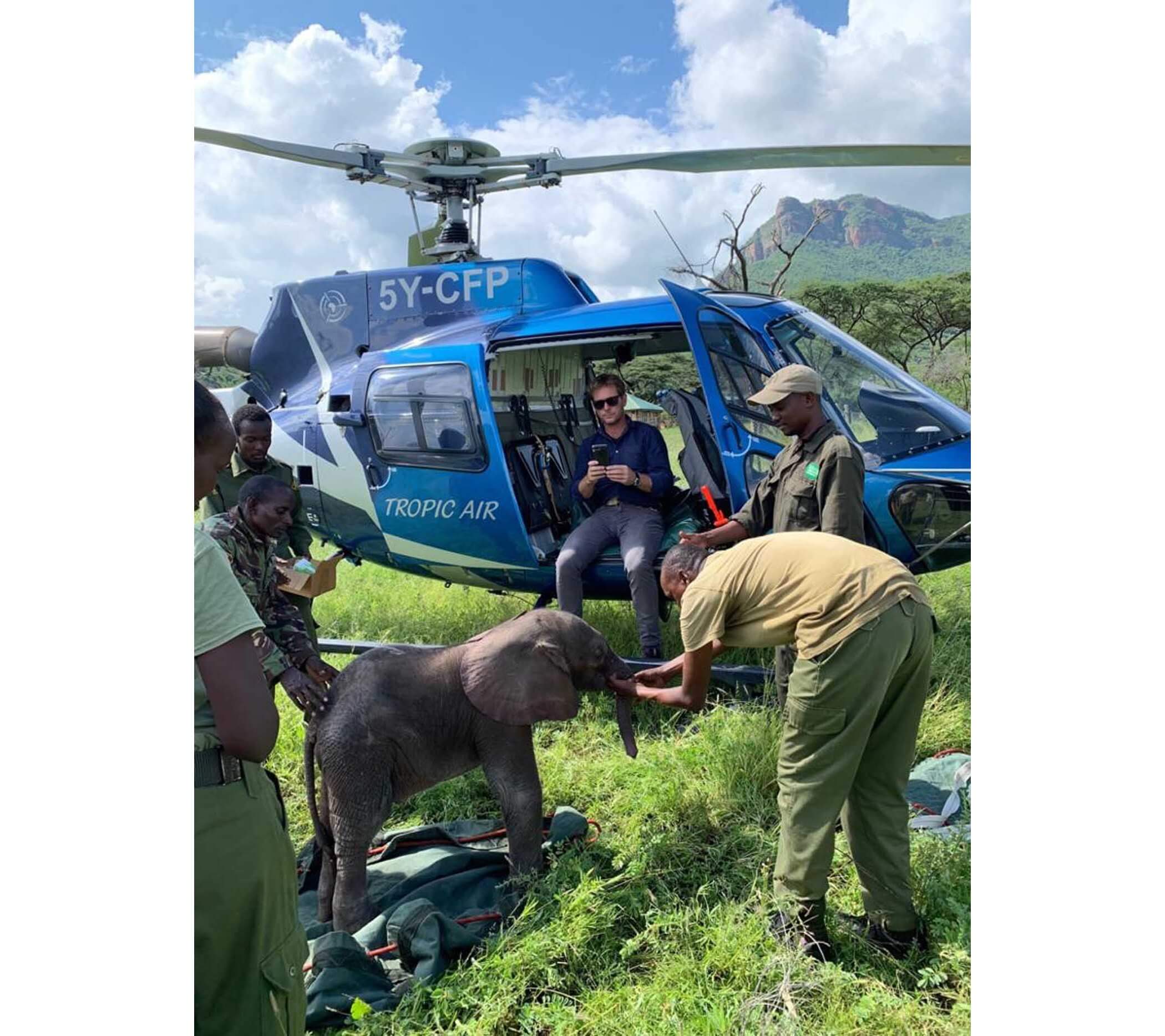
Its work in conservation support includes darting, collaring, or moving orphaned infant animals; game counts; tracking poachers and airlifting injured rangers.
Medevac and SAR work has lessened in recent years, said Roberts, but typically included responding to medical emergencies to evacuate sick or injured hikers to safety from the snowy peaks of Mount Kenya.
Film work has similarly reduced in volume recently, thanks to more extensive use of drones for these type of shots. However, Tropic Air has an impressive resume, which includes frequent collaboration with the BBC, including on the nature series Africa.
“We’re very lucky obviously with the helicopter being such a versatile machine,” said Roberts. “When tourism is going well, we’re doing extremely well, but as you can imagine, right now [during the pandemic], we’re not doing that well.”
Even during this challenging time, there is work to be done. An enormous plague of locusts is traveling through Northern Kenya, Somalia and Ethiopia, and Tropic Air will be part of the operation to counter their spread.
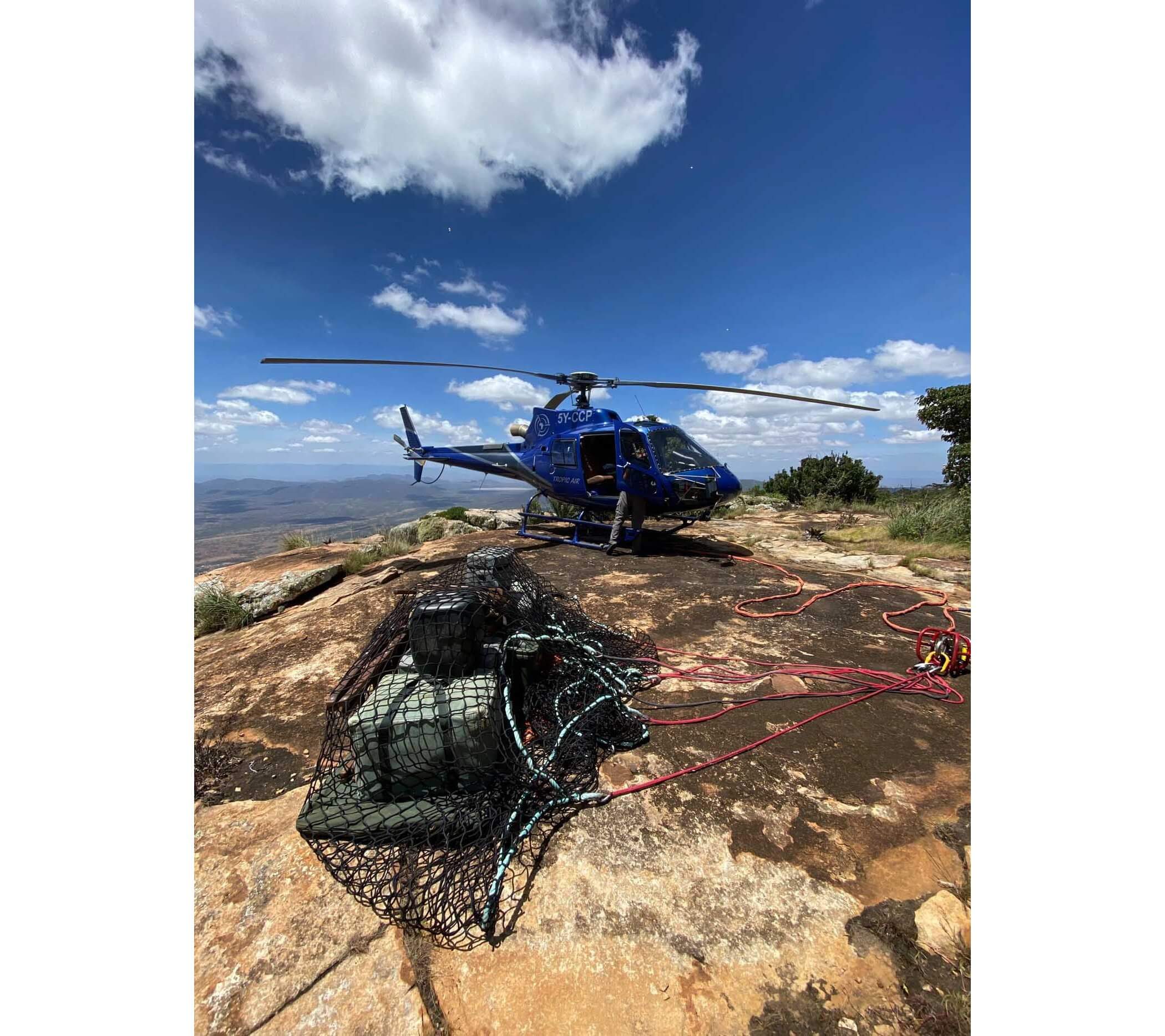
“We’re configuring one of the aircraft to spray and the other aircraft will be used for scouting,” said Roberts. “We try and catch [the locusts] when they’re hoppers — when they’re not actually flying and are still small.”
Dealing with the dust
The East African environment is not particularly forgiving on Tropic Air’s aircraft. In addition to the stresses of high altitudes and hot temperatures, dust landings are often unavoidable, ultimately leading to plate erosion, and increased wear on the main and tail rotor blades, and avionics.
“Service life is greatly reduced by the dust around here,” said Kevin Powell, one of the company’s helicopter engineers. “Blades don’t reach their life limit because of erosion on the leading edge, and the dust causes issues with the avionics.”
To counter this, the company keeps a spare set of main rotor blades and tail rotor blades, and has installed Donaldson inlet barrier filters (IBFs), which are providing the engines with much improved protection from the elements.
All maintenance is performed in Tropic Air’s large and modern hangar at Nanyuki Airfield. The company’s engineers have the ability to perform all maintenance up to and including a 12-year inspection on the AS350.
“As engineers, the AS350 is quite friendly; everything has been laid out in a very simple-to-understand foolproof design,” said Powell.
The aircraft aren’t usually sent on safaris with mechanics; instead they are fielded having just completed a service.
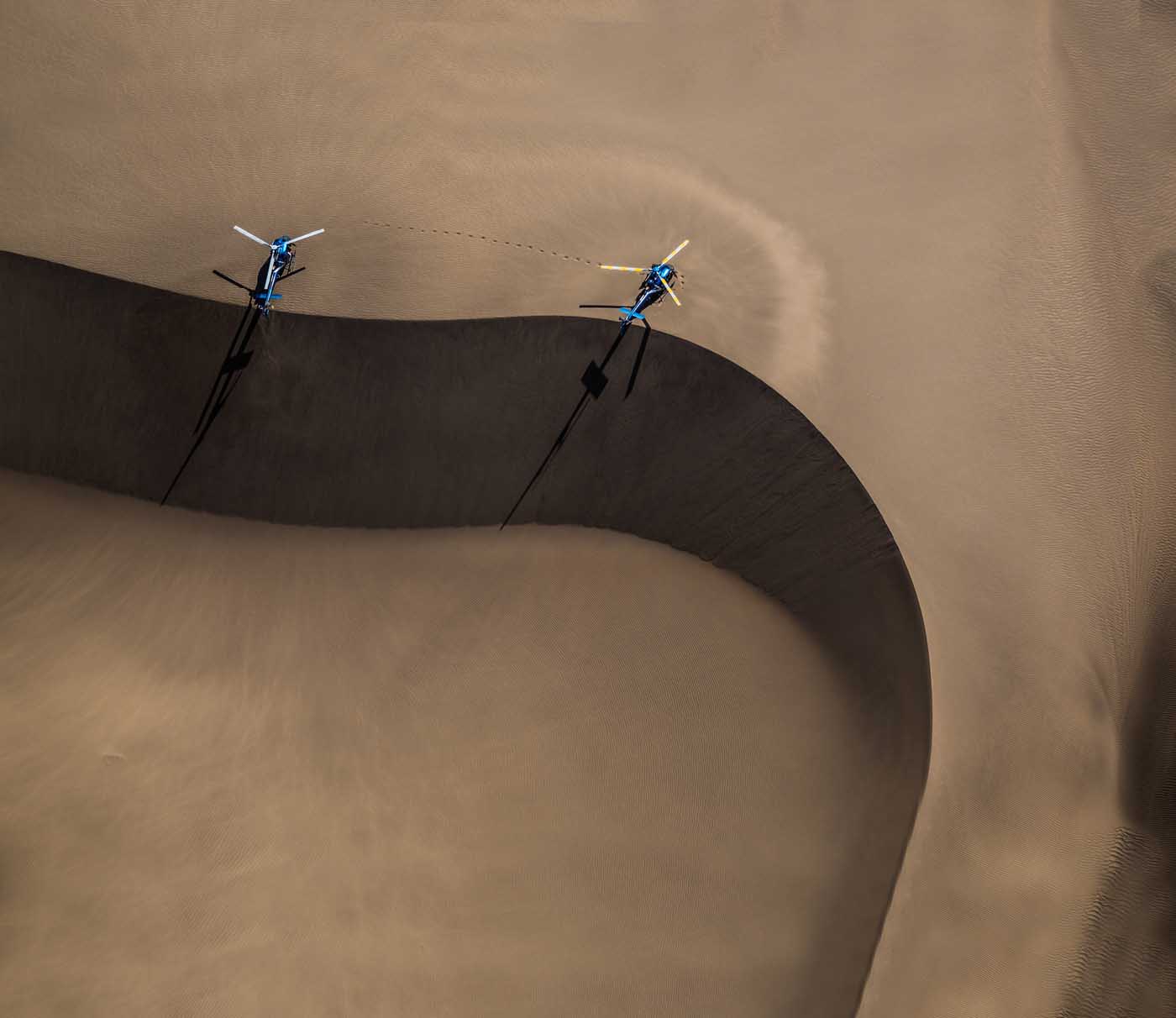
“We haven’t had any major issues off-base where we would require mechanics to go out,” Timmy Flowers, the company’s chief pilot, told Vertical. “We’ve had smaller issues, such as starter generators for instance, so we carry spares of those and under the instructions of the engineers we can rip out a starter gen and put it in.”
For the tourism flights, the aircraft are outfitted with a custom VIP interior, complete with leather upholstery, air conditioning, and luxurious touches in keeping with the expectations of its select clientele. This can be switched in about 30 minutes to a utility configuration for firefighting work, or a medevac kit that includes a stretcher.
Setting a standard
Currently, all Tropic Air’s pilots, with one exception, are from Kenya. New hires are typically expected to have at least 1,000 hours.
“As the helicopter industry has gotten bigger and bigger in Kenya, there are a lot more people flying around,” said Roberts. “And with a lot of pools of pilots, you get to know who the good ones are, and we’ve been lucky in that respect.”
The one non-Kenyan in Tropic Air’s ranks is Flowers, who was born and raised in neighboring Uganda. After flying inland oil-and-gas exploration work with another operator in Kenya, Flowers said the diversity of Tropic Air’s work was a huge pull in him deciding to join the company six years ago.
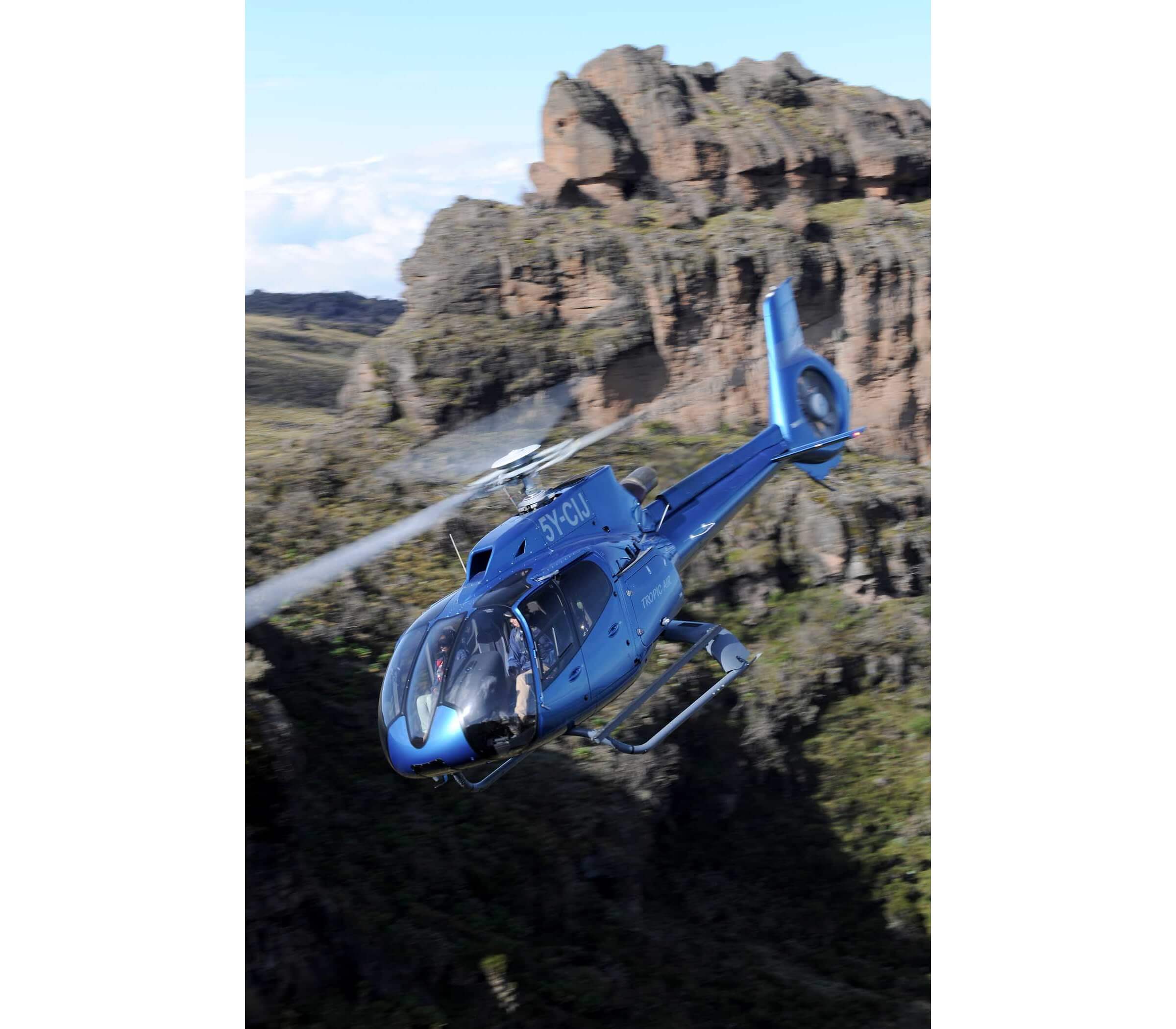
“Without a doubt in East Africa, they’re the only company that takes on this diversity of work,” said Flowers. “I came in and was instantly put through the training for a whole host of operations, and within two years of being with Tropic, I was going into almost the full spectrum of the work they undertake. That for me has been the best part of it.”
The diversity is also reflected in the environment pilots might encounter on any one flight. “A lot of people who haven’t been to Kenya think of the typical safari scene, with open savannahs and blaring sun,” said Flowers. “What people don’t understand is that Mount Kenya goes up to 17,060 feet (5,200 meters) ASL, and you can be looking at glaciers on the top. So we can go from a completely Alpine environment with glaciers and snow, and within an hour’s flight descend to about 900 feet (275 meters) and be in a sandy desert environment in the Great Rift Valley.”
Each environment — from Alpine, to savannah, to desert — brings its own weather challenges, said Flowers, with the best visibility typically provided at the back end of the rainy season. “It’s generally isolated showers or storm cells that build up,” said Flowers. “You can generally make a plan around it, but sometimes we’ve had to say, ‘Sorry guys, we’ve got to stay here.’ You never jeopardize the safety on a flight just to make an itinerary.”
Flowers said the AStar is well suited to Tropic Air’s operations. “The [AS]350 B3 is the only model that really brings the cost of the service to an acceptable level for our clients, while at the same time offering you the opportunity to go four or even five all-up with 15 kilos [33 lb.] of baggage each, full fuel, and all from 6,000 feet [1,800 meters] and higher.”

The H130 was brought into Tropic Air’s fleet just two years ago, and Flowers said customers love the visibility it provides.
Training is generally performed in-house, and is of an extremely high standard. Thanks to contracts with Medicine Sans Frontier and the British Army, among others, Tropic Air is the subject of extensive audits, and Roberts said the auditors are usually extremely impressed by what they find.
“I would say the standards we’re flying to and the way we operate are world class,” he said. “Probably some of the Americans that come out and audit us, they can’t believe what they’re seeing in Africa.”
Looking ahead, Roberts is confident Tropic Air will continue to thrive, despite the vagaries of post-Covid life.
“We’re going to continue to grow, probably moving further afield,” he said. “We’re now starting to do trips in the Sahara Desert in northern Chad. We want to be going much further west if we can, and we will be doing that by utilizing our own fixed-wing fleet and then meeting helicopters in the destinations where we will be doing trips.”





